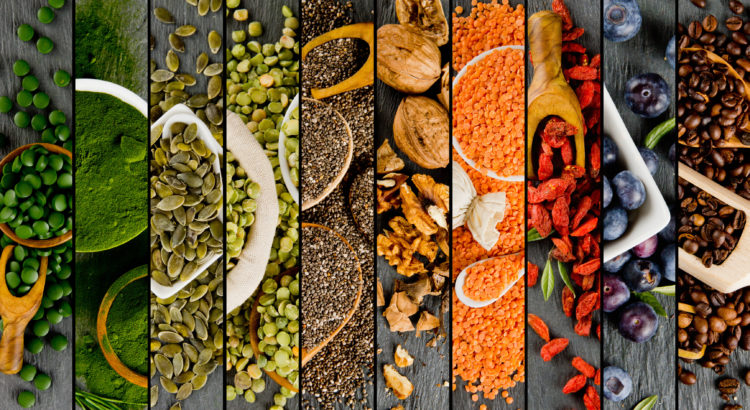Fiber is a commonly misunderstood nutrient that has wondrous effects on the body. While fiber may be unpleasant at certain times (we all know what happens when we have too much fiber), it is essential to know just how beneficial this nutrient is. Keep reading to learn about the different types of fiber and why you should include it in your diet!
What is Fiber?
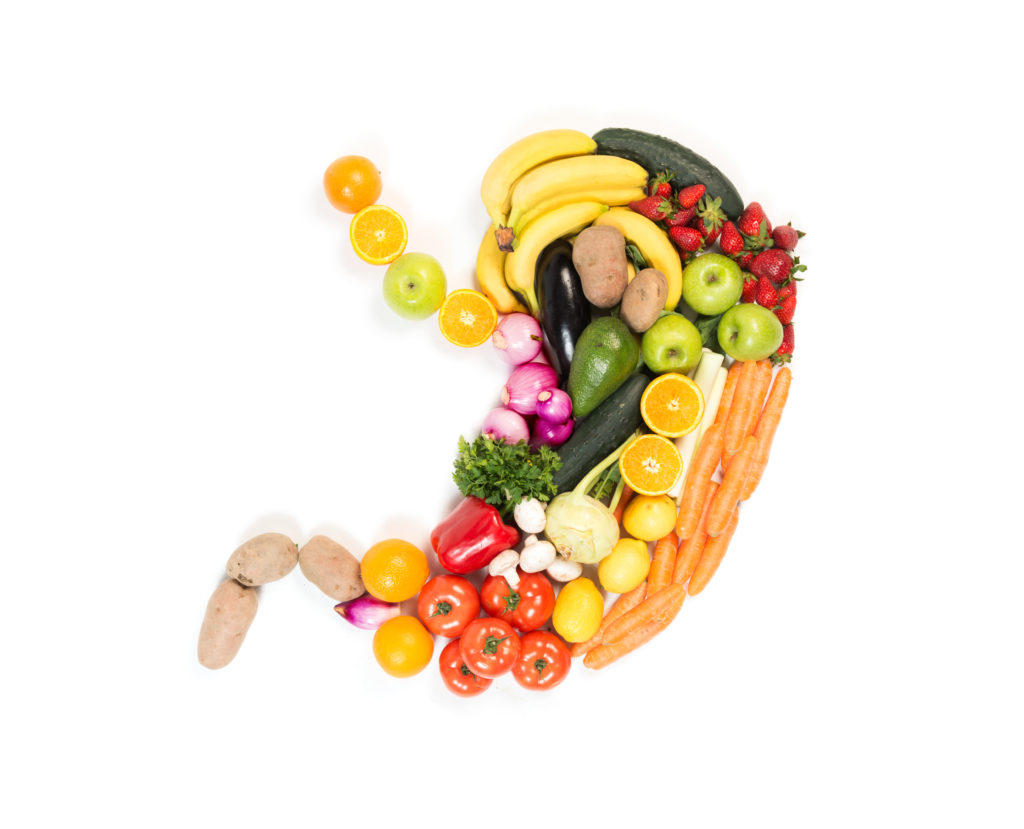
Fiber is a nutrient commonly found in fruits and vegetables. We cannot digest fiber, but it plays a big role in our digestive system! Fiber passes through your body and digestive system while taking harmful substances with it. Think of fiber as a natural “cleanse” because it detoxes your body safely and healthily. There are two types of fiber:
- Insoluble fiber: This type of fiber can’t be dissolved or digested by the body, so it passes right through the body. This type of fiber is commonly associated with going to the bathroom more often (if you know what I mean). Because this type of fiber passes through the body quickly, it helps to clear your digestive tract and take any harmful substances with it. It pulls more water into your bowel movements, making them softer and easier to pass!
- Soluble fiber: This type of fiber can be dissolved in the body and can help with digestion. It’s known to help lower blood cholesterol and blood sugar levels, and lower risk of heart disease. Unlike insoluble fiber, soluble fiber slows digestion, keeping you fuller for longer.
Both types of fiber are important to have in your diet. Neither type is better than the other, however it is important to have a good diet that includes both types.
How Is Fiber Good For Me?
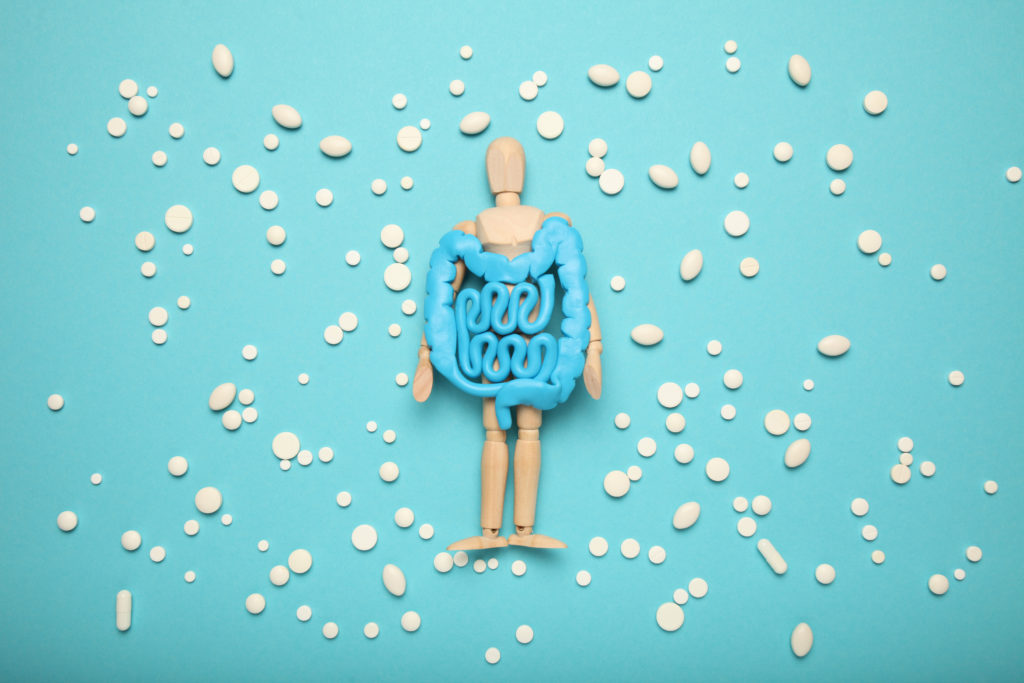
Fiber has an endless list of health benefits. Here are just a few benefits fiber provides:
- Reduces the risk of certain cancers
- Reduces risk of diabetes and helps regulate blood sugar
- Reduces risk of heart diseases
- Helps regulate blood cholesterol levels
- Helps regulate body weight and assists in weight loss
- Helps regulate blood pressure
- Prevents constipation, hemorrhoids, and regulates bowel movements
- Keeps you fuller longer, which helps with cravings and hunger pains
Can I Get Too Much Fiber?
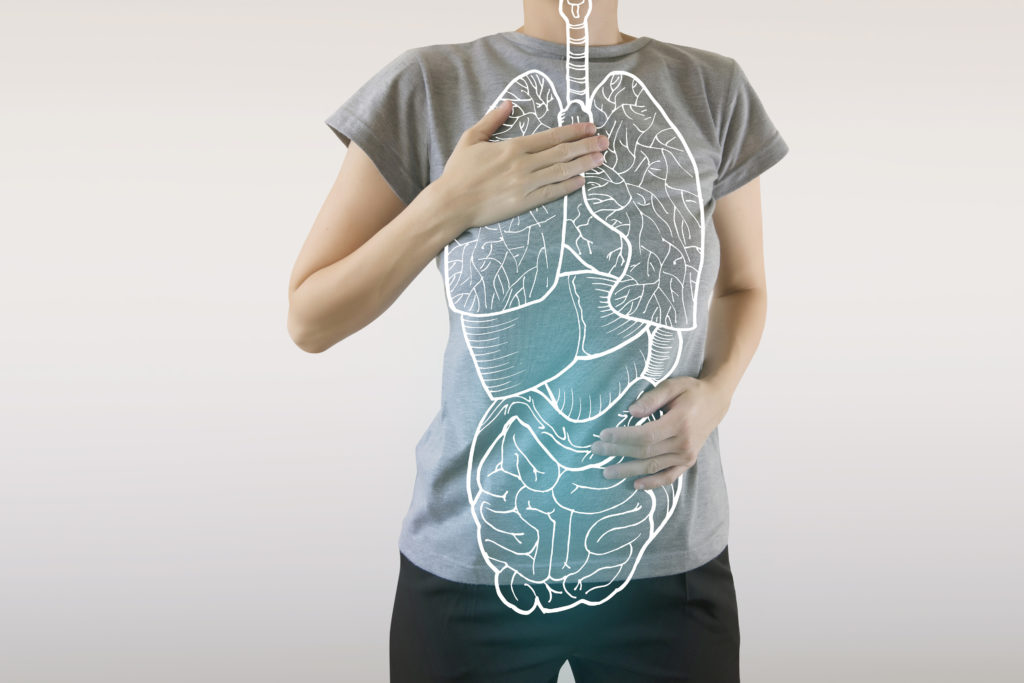
While it is usually rare to have too much fiber (unless you are taking a supplement), too much fiber can lead to uncomfortable symptoms. Excess fiber can lead to bloating, abdominal pain, gas, and diarrhea. It is important to try and reach your daily fiber intake through food, not supplements. It’s ideal to space your intake throughout the day and to supplement with adequate water intake. If you have concerns about your fiber intake, consult your doctor. Here are the daily intake recommendations for fiber:
- Women
- Under the age of 50: 25 grams per day
- Over the age of 50: 21 grams per day
- Men
- Under the age of 50: 38 grams per day
- Over the age of 50: 30 grams per day
- Fiber in Food
- 1 slice of whole-wheat toast = 3 grams of fiber
- 1 cup of oatmeal = 4 grams of fiber
- ½ an avocado = 2 grams of fiber
- ¾ cup black beans = 5.5 grams of fiber
Foods High In Fiber
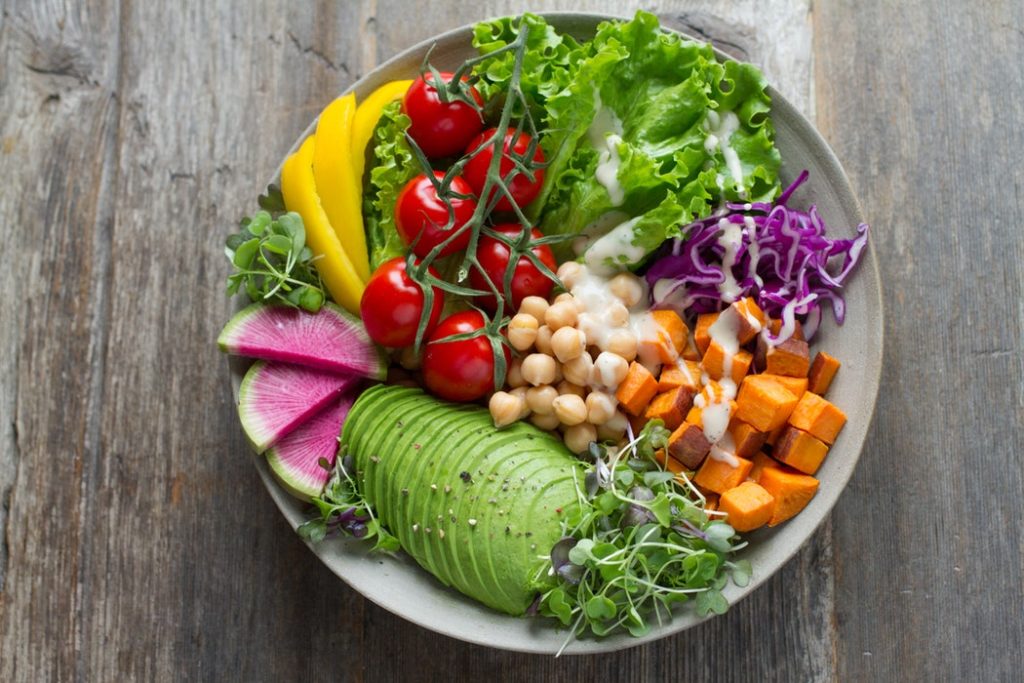
Fiber is primarily found in fruits and vegetables. While different types of fiber can be found in various foods, it’s important to get a healthy intake of both types.
- Foods High in Insoluble Fiber
- Whole wheat (brown rice, whole-wheat bread)
- Nuts
- Beans
- Cauliflower
- Green beans
- Potatoes
- Fruit
- Foods High in Soluble Fiber
- Oatmeal
- Fruits (especially citrus, pears, and apples)
- Beans (especially black, lima, and kidney beans)
- Peas
- Carrots
- Barley
- Brussel sprouts
- Tofu
- Avocado
- Sweet potatoes
- Broccoli
- Figs
Next time you’re making a meal or snack for yourself, check if you’re getting any fiber in your meal! It’s easy to forget about fiber in your diet, but it’s just as easy adding fiber to your diet!
